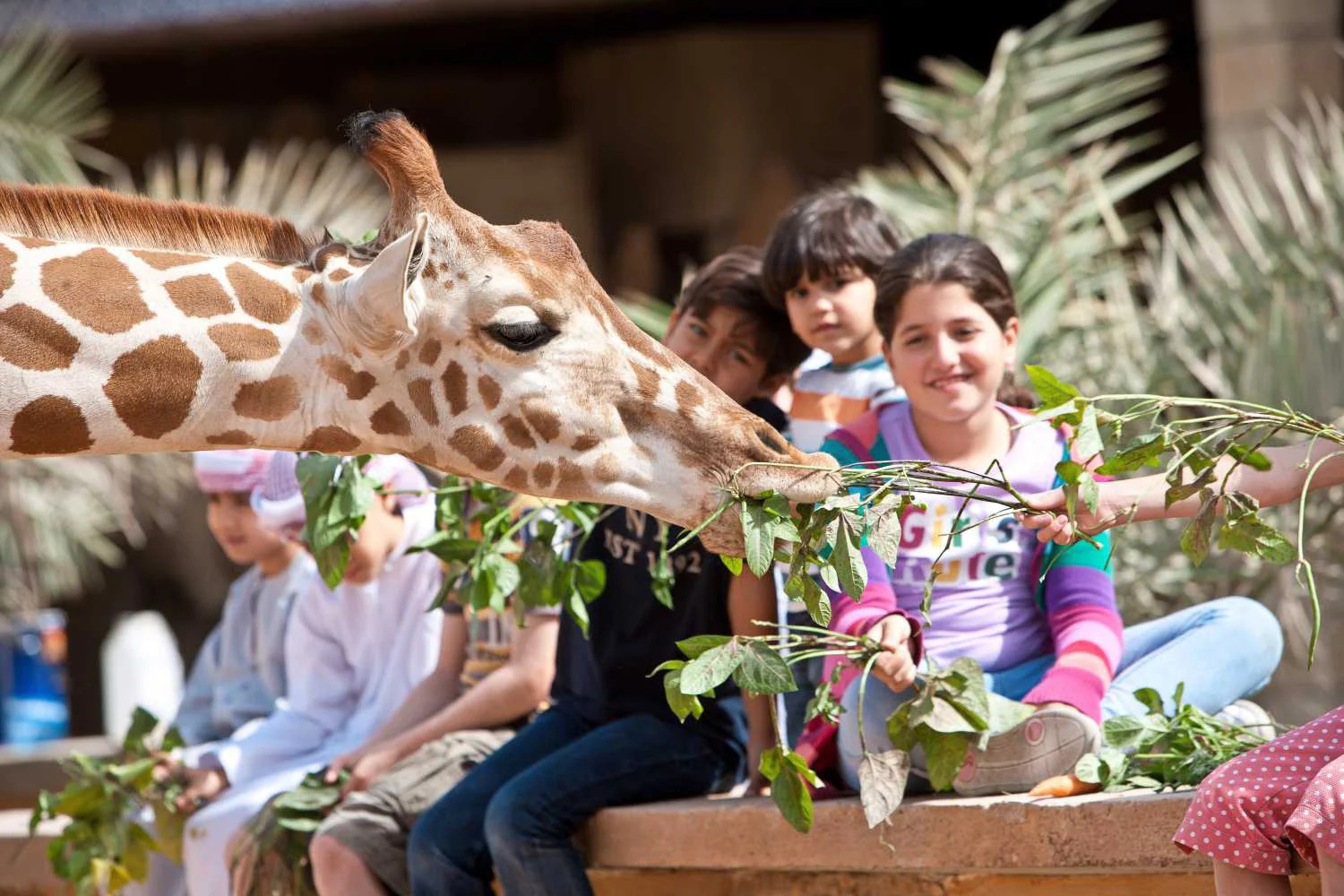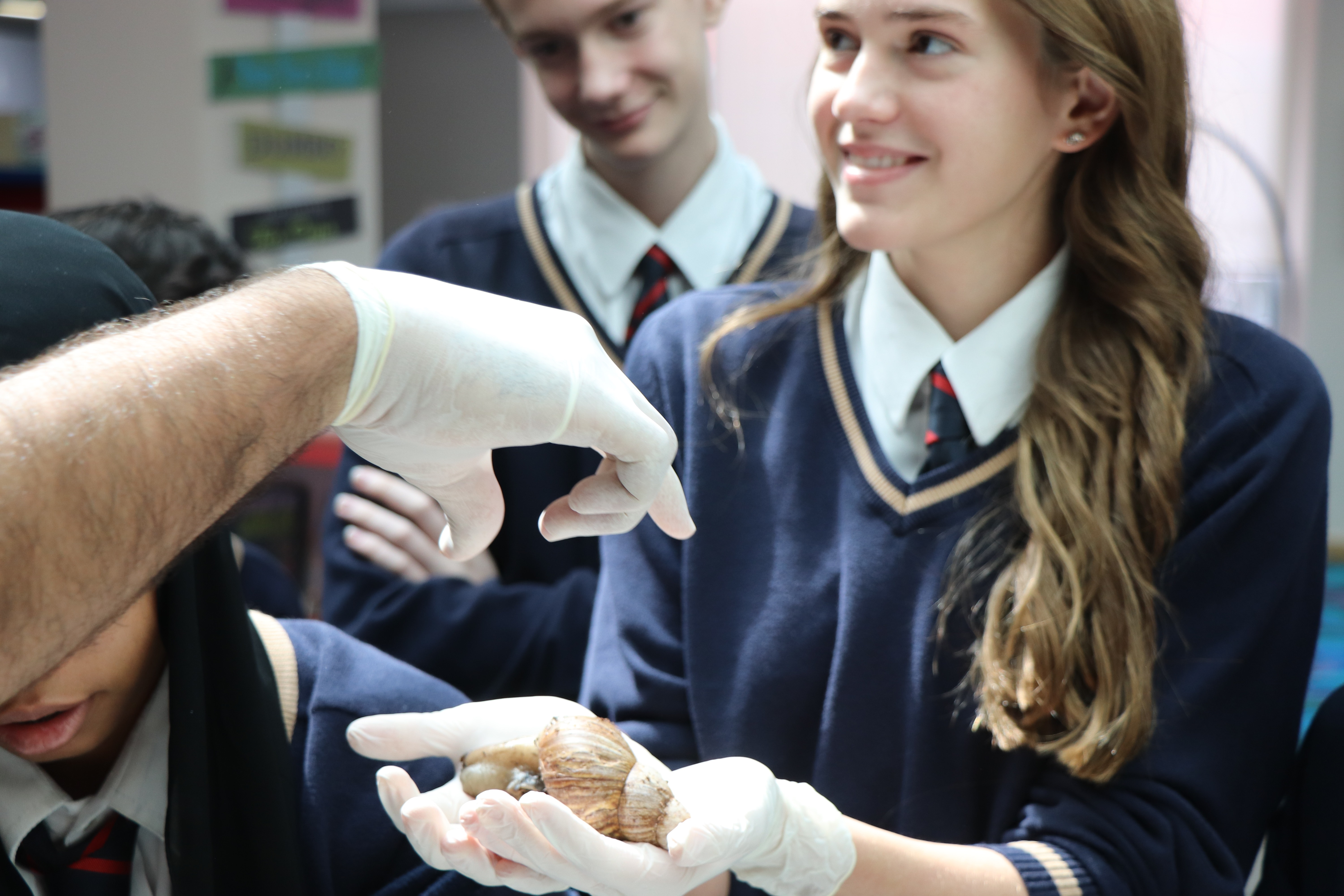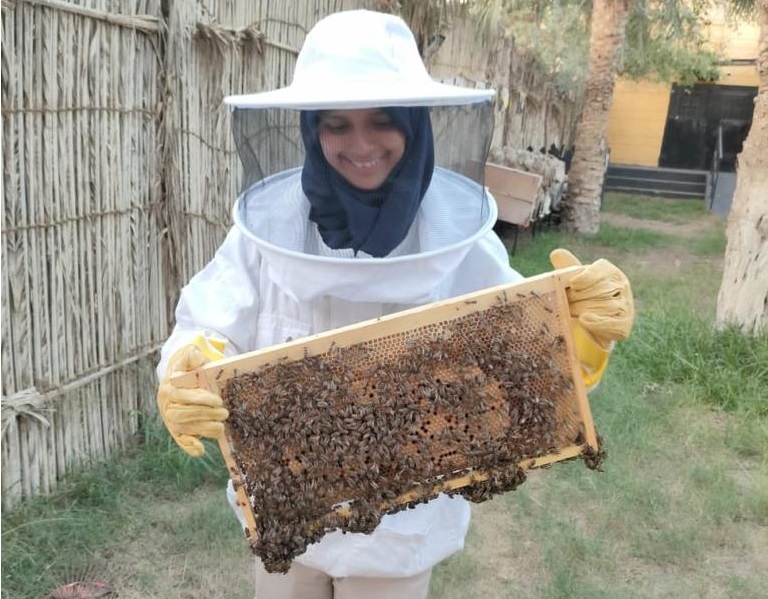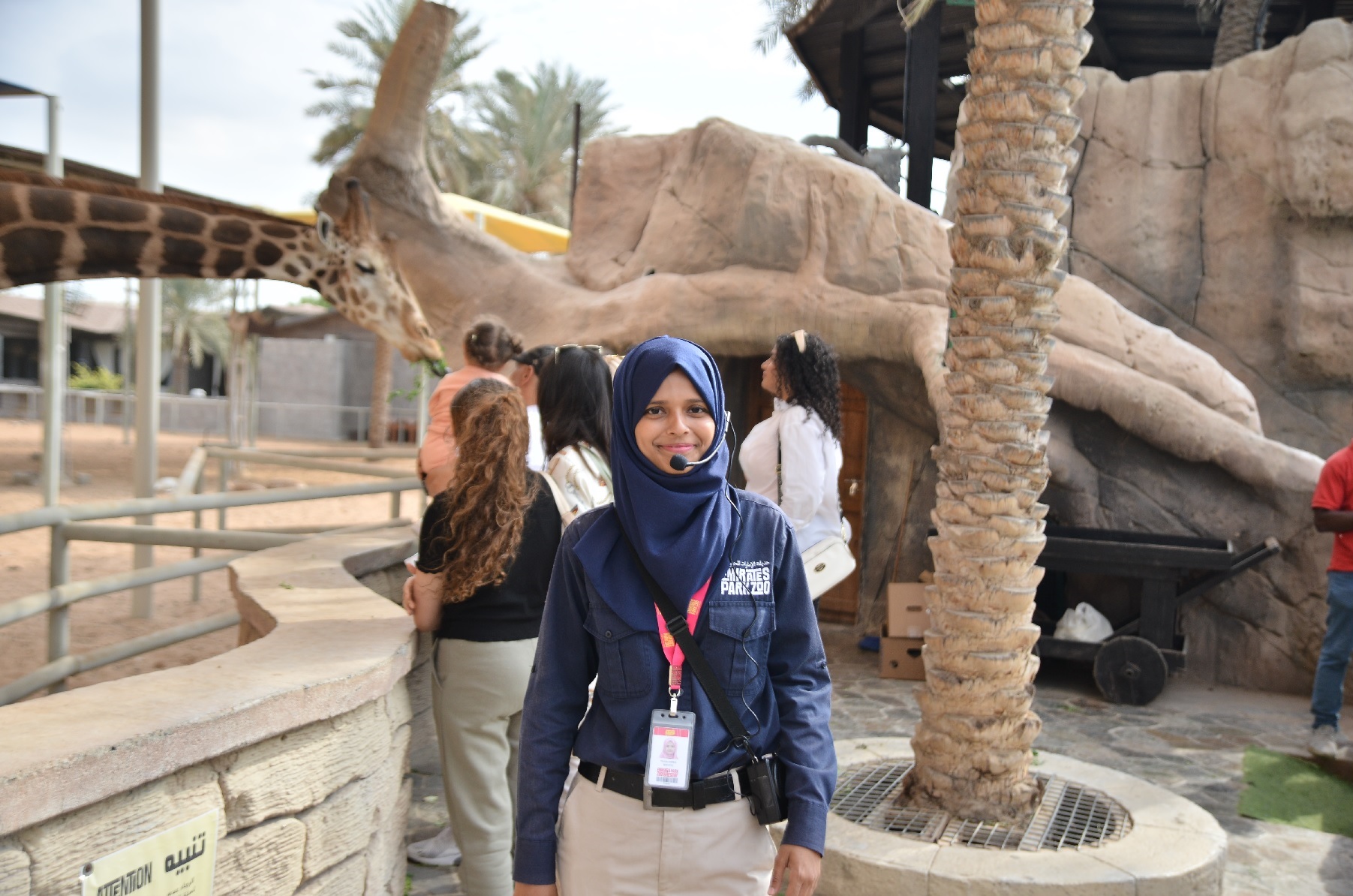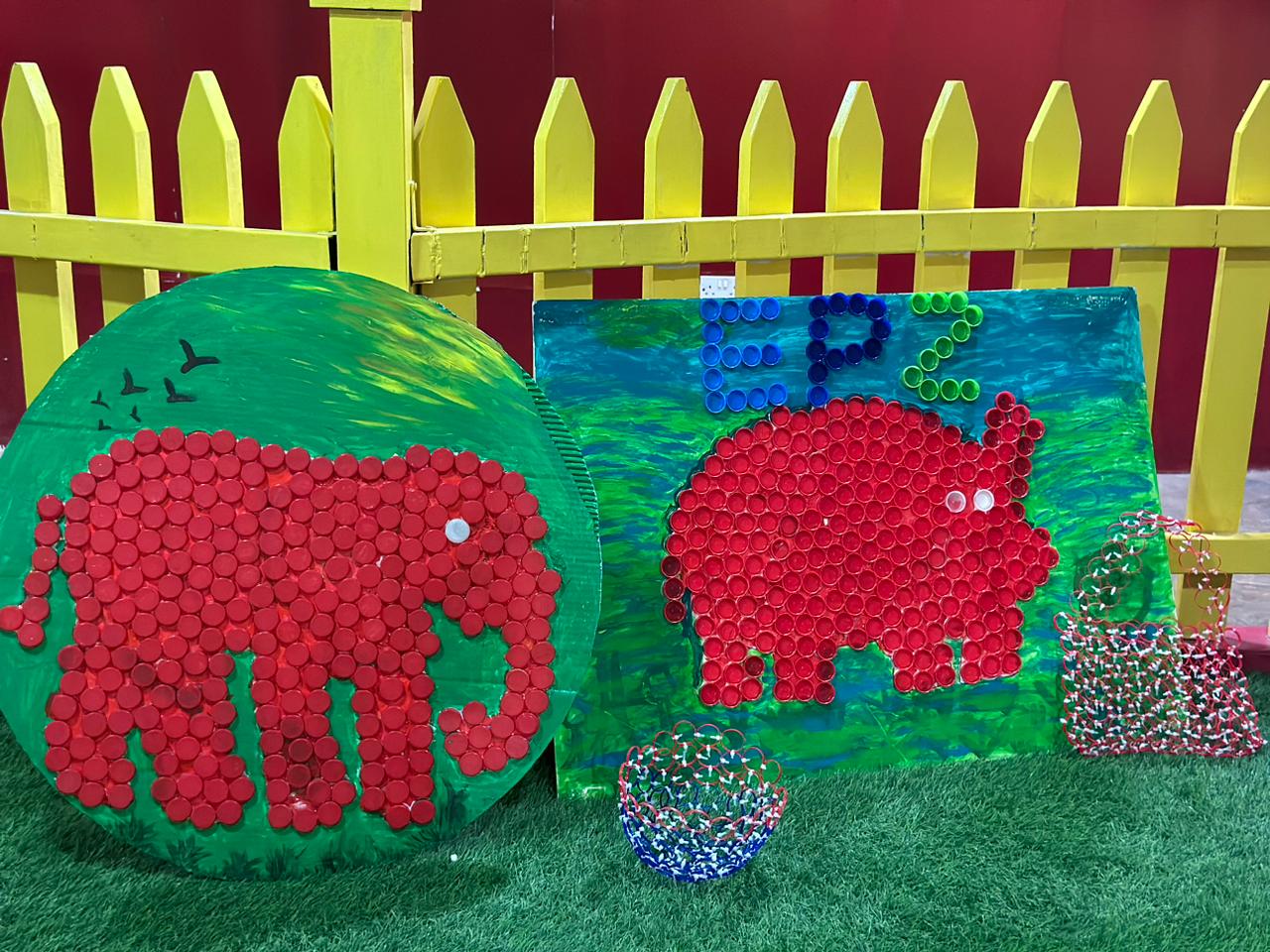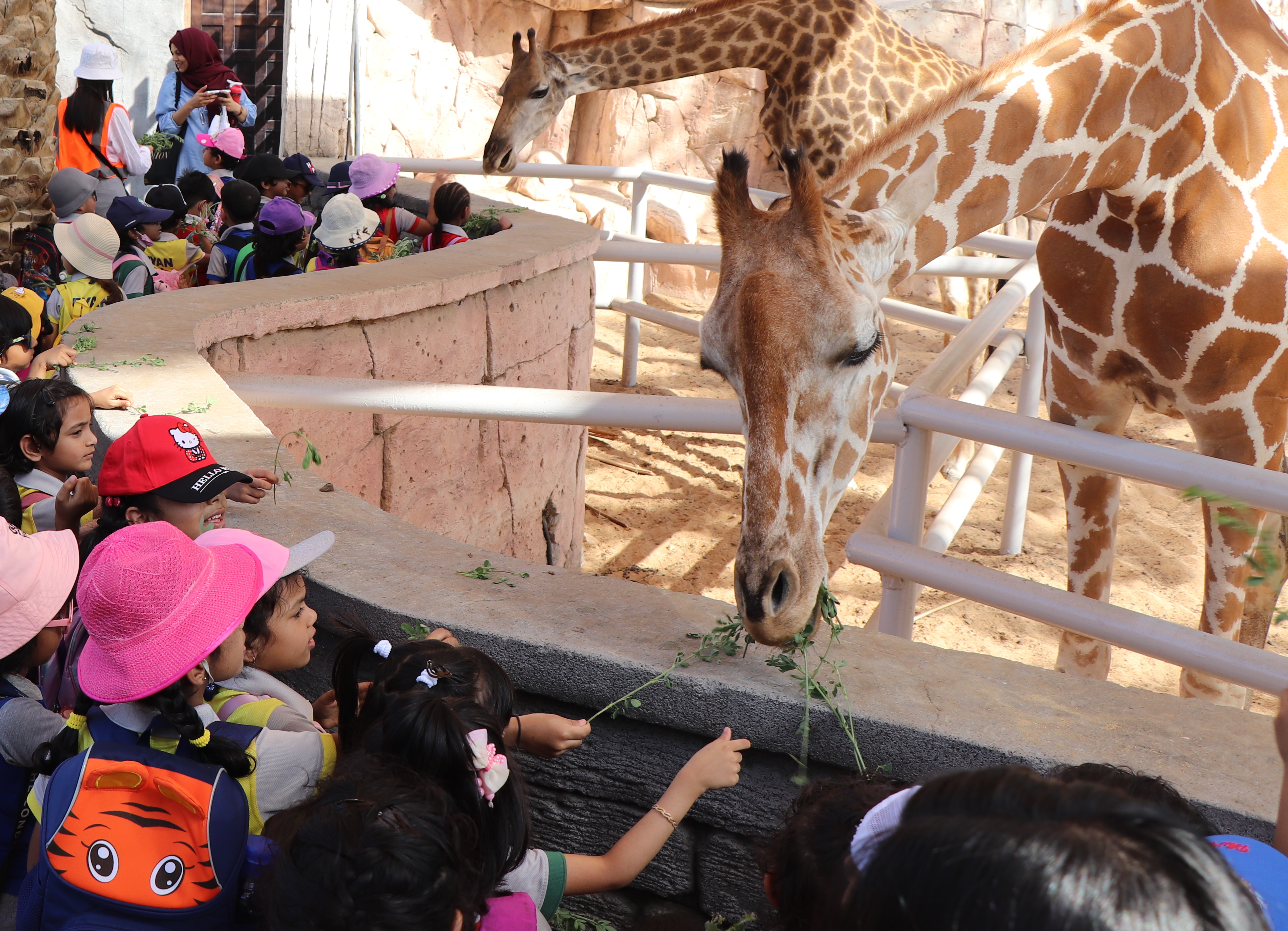Embracing the Wild Instincts: Our Enrichment Program at Emirates Park Zoo
Animals, when within the care of humans, transition from an environment that has naturally shaped their instincts and behaviors over millennia. Our job, and passion, at Emirates Park Zoo is to enrich their lives in a manner that stimulates their minds and creates scenarios that allow them to express their natural behaviors, providing a small piece of what has been lost in this transition.
Being a zookeeper goes beyond feeding and maintaining the habitats of the creatures in our care. It encompasses a detailed understanding of the animals, ensuring we facilitate the highest quality of life possible for them. This includes fostering, stimulating, and challenging their wild instincts through our meticulously crafted enrichment programs.
Enrichment is our way of offering animals opportunities to express natural behaviors, and at Emirates Park Zoo, we are deeply committed to an active and beneficial enrichment program. Each of our Area Supervisors takes responsibility for the execution of enrichment activities for the animals in their domain, but it’s a collective effort, with keepers playing a crucial role in implementing these programs. It's teamwork that enables us to create and apply the most appropriate, species-specific enrichment for our animals. Alongside the animal’s health and diet, environmental enrichment is pivotal in ensuring the highest quality of life and wellbeing for every creature at our zoo.
Emirates Park Zoo devises its enrichment programs based on globally-recognized standards and varied approaches to cater to different types of animal behaviors. Let's explore some of these enrichment types:
Cognitive Enrichment
Encouraging mental stimulation and problem-solving, our keepers inventively develop cognitive enrichment activities that keep animals mentally engaged and focus on their mental wellbeing.
Social Enrichment
Focused on fostering interactions between animals and occasionally human-animal interactions, social enrichment can include training sessions, introducing soft toys, or facilitating social play and reducing social aggression.
Food Enrichment
Altering food presentation or the method of provision, food-based enrichment makes feeding more challenging and stimulates both appetitive and consummatory behaviors in an animal.
Structural Enrichment
By altering physical elements within enclosures, structural enrichment stimulates exploratory behaviors and ensures animals remain active and engaged with their environment.
Sensory Enrichment
Sensory enrichment encompasses stimulating the animals’ senses – visual, olfactory, auditory, and tactile – to enhance communication and information gathering about their surroundings.
At Emirates Park Zoo, we believe in providing a holistic approach to animal wellbeing, where enrichment plays a pivotal role. It's our hope that by witnessing this, our guests can form deeper connections with these magnificent creatures and join us in our conservation efforts across the globe. Together, let's celebrate and preserve the marvels of wildlife.
Other Packages
Explore All

